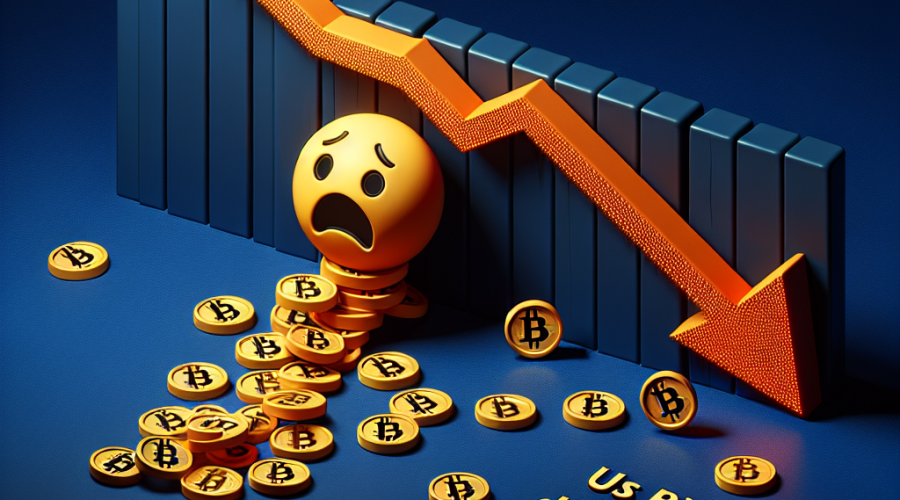HLP0 Faces Major Backlash Over User Fund Withdrawals
The much-talked-about tokenized illustration of Hyperliquids, HLP0, is facing severe criticism for its recent actions. According to details, HLP0 has been accused of drawing out depositor’s funds from the multi-signature wallet and bridging them to DeFi protocols such as Avalanche and Arbitrum, as opposed to contributing them to the HLP vault. These actions have raised eyebrows in the crypto space, leading to increased scrutiny of the token.
Redistribution of Funds Spark Controversy
HLP0 boasts a total-value locked (TVL) of an impressive $40 million, of which $29 million has been channeled to Avalanche, whereas $11 million remains on Arbitrum. The funds, thus removed, are being deployed on two esteemed Decentralized Finance (DeFi) protocols, Aave and Avalanche-based decentralized exchange, Blackhole. This revelation followed a close examination of the multi-signature wallet’s operating activities.
Cain OSullivan, a representative of Hyperdrive, expressed concern over this matter on a popular web platform. He discerned that while such a move would have generated considerable revenue if it was still associated with HLP, that liquidity has now been pulled away and is undergoing farming on Avalanche. In his statement, O’Sullivan pointed out the potential risks, emphasizing that multi-signature wallets can indeed wield the power to tinker with your funds as per their will.
Hyperdrive to Develop Tokenized HLP
In response to this ongoing issue, O’Sullivan announced that Hyperdrive plans on creating its own tokenized HLP, once the native USDC is activated on the HyperEVM. The team at HLP0 has responded to these claims across different online platforms. GigaSafu, the anonymous head of the protocol, argued that the introduction of native USDC in HyperEVMs rendered HLP0’s core mechanics pointless. To counter the loss, they have turned to additional yield opportunities in a bid to outperform HLP’s APR percentage. The HLP0 team is now contemplating the integration of its HLP0 token with Hyperliquids CoreWriter and native USDC CCTP mints to make the transactions seamless and safe.
The Proposed Fix: HLP0+ Token
Going a step further, HLP0’s developers have introduced a solution in the form of the HLP0+ token. This new iteration functions exactly as its predecessor but is designed to strategize optimally to beat the prevailing HLP APR%. Here, idle backing rests in the HLP0 multi-sig and implements strategies atop it to conquer HLP APR% via arbitration, AMO, and bribing strategies. However, it will only be operational once it is successfully audited.
Future of USDC in Hyperliquid
The USDC CCTP represents an integrated version of USDC in Hyperliquids HyperEVM. Until now, this token would be moved from Arbitrum to the blockchain utilizing a multi-signature wallet. However, with the advent of CCTP v2, the USDC transfers between Hyperliquid and other integrated CCTP v2 blockchains will be frictionless, thereby abandoning the existing deposit and credit mechanism. The release date for native USDC on Hyperliquid remains undisclosed, only mentioned as “coming soon.”
New Dual Token System in HLP0
In response to the controversy, the HLP0 team introduced a dual token system. The system comprises HLP0, functioning as a verifiable HLP wrapper, and HLP0+, which mirrors the operations of its predecessor while offering additional profit-making strategies by the team. Team representative GigaSafu, who plays an active role in Sonic-based DEX Shadow, reassured the users by stating that they could continue using HLP0 as before. Concerned users could also reach out to him directly for a quick redemption of their HLP.
HLP0’s Standing in the Market
According to recent stats, the total value locked in HLP0 has remained stagnant, hinting at the fact that the team is yet to process any withdrawal requests. Meanwhile, the original HLP vault, offering liquidity to Hyperliquid, claims a significant $435 million in total value locked, with an average return rate of 11% APR for the past month.
In conclusion, this series of events serves as a stark reminder of the potential loopholes prevalent in the DeFi space. Market participants, especially those employing multi-signature wallets, should be mindful of this and tread carefully to ensure the safety of their funds.

















